8 Organization Tactics That Actually Make Your Home More of a Mess
Here are eight common organization tips worth skipping:
1. Color-coding clothing
A color-coded closet is pleasing to the eye, but it’s not very practical.
“Although it may seem like a wonderful idea, color-coding clothing is highly impractical and high-maintenance,” says Corriveau. “It requires you to keep up with the color code after every laundry. What is the point of investing time in a color-coded closet that won’t even survive a fortnight?”
Pro take: It’s more useful to group clothing by season, and to group tops by long sleeve or short.
2. Labeling everything
If you have a label maker and you love the look of labeled storage bins, go for it. But don’t tell yourself that you need to do it to be more organized.
“It is your house, and you know where everything is,” says Corriveau. “There is no other reason to label common household items.”
Pro take: Labels are mostly helpful in the kitchen pantry, where they can help you distinguish the flour from other white ingredients you keep in storage jars.
3. Arranging books by color
When book lovers see a library sorted by color, they know they’re looking at the home of a nonreader. No one remembers a book by the color of the book jacket, so it’s useless as a system of organization.
“Sometimes it’s helpful to have items sorted into colors,” says Susan Melony, organization expert at Product Diggers. “Other times, it’s really unnecessary, such as when you’re sorting books, kids’ toys, chip clips.”
Pro take: For a truly useful library, group books by genre. If you’re really into it, you can sort them again alphabetically by author.
4. Putting every item in a bin
It’s unnecessary to put items in bins that are perfectly easy to locate sitting on a shelf.
“Putting everything in a bin can cause more chaos than order,” says Melony. “Bins only make sense when you’re trying to group similar small objects.”
Pro take: Bins are most useful when they keep you from having to sort through a jumble to find what you need.
5. Hiding bins within bins
Out of sight, out of mind. Bins are useful, but consider too that they hide things from plain sight.
“Bins aren’t for everyone,” says Melony. “Many people need to see their items to remember what they have. Hiding an item in a bin may cause you to lose track of it, never use it, or replace it if you believe it’s lost.”
Pro take: If you find yourself nesting bins within bins, stop and ask yourself if you’re just creating a system that looks good or one that’s actually useful in helping you find what you’re looking for.
6. Over-categorizing items
Take it from us: Over-categorizing can be overkill.
“Systems need to be simple and easy to maintain—that’s what makes them work,” says Melony. “Instead of having many small and specific categories, aim for broader categories.”
Pro take: Eight bins of various travel-size grooming items could all be grouped together in one bin. Separating them is harder to maintain.
7. Decanting spices into matching jars
Who doesn’t love a perfect spice rack, where everything is in a matching jar, filled to the brim, wiped cleanly, and labeled? A busy cook, that’s who! No one who cooks regularly has time to maintain that pristine order.
“Uniform spice racks or spice drawers look lovely and coordinated,” says Stacey Agin Murray, a professional organizer with Organized Artistry. The “unhelpful” part is what to do with the original packaging when the contents don’t all fit in the matchy-matchy jars, she adds. Now you need more than one place to store spices!
Pro take: If you covet the perfectly styled spice rack with all your heart, choose a few spices that you use often and decant just those. Display them on the counter or shelf, where you can appreciate their uniformity. Leave the rest in their original packaging, and store them out of sight.
8. Using all matching hangers
Some closets look more like a museum of clothing than just a place to hang your clothes.
“The use of matching slim-line, flocked hangers in clothing closets has caught on like wildfire,” says Murray, “but one type of hanger isn’t appropriate for every garment. What I would recommend instead is to have one type of hanger per category—all pants hangers the same, all dress hangers the same, etc. This still looks uniform.”

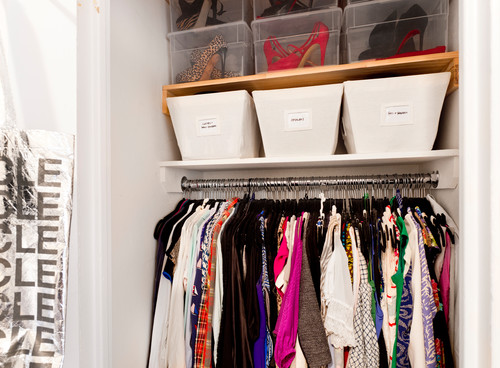
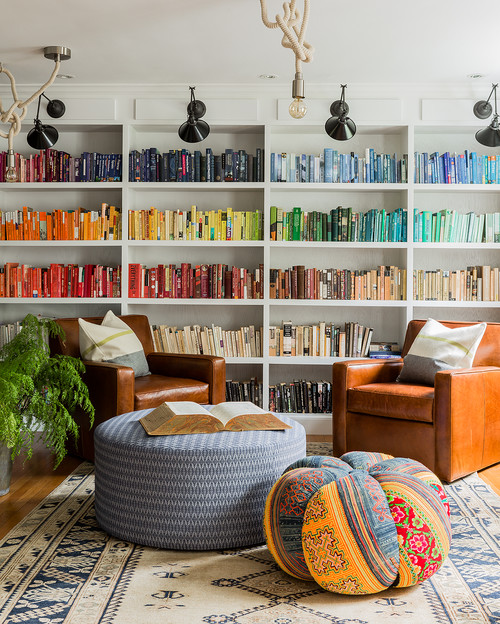
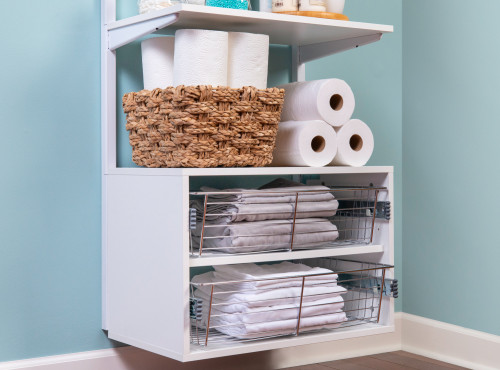


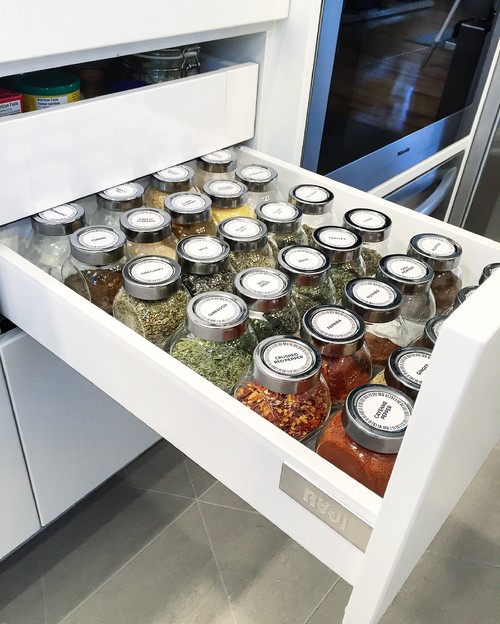
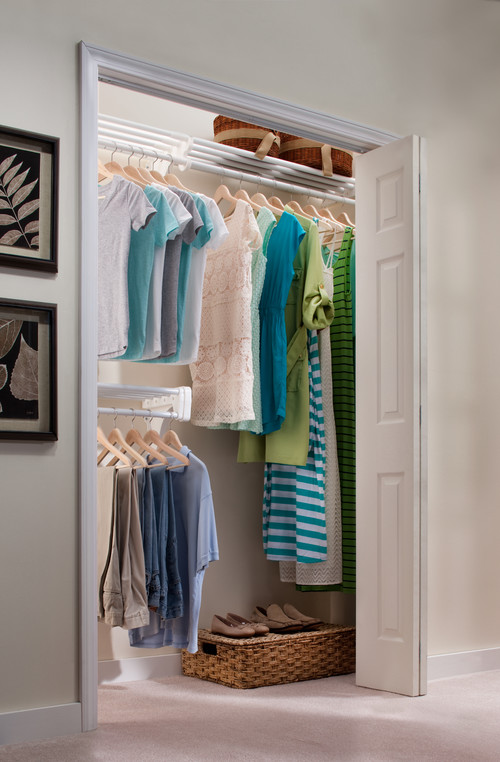
Comments
Post a Comment